
- Index
- Brand
- Material
- 30% Lead Crystal (21)
- Acrylic (4)
- Austrian Crystal (3)
- Boulder Opal (7)
- Crystal (408)
- Crystal, Glass (6)
- Crystal, Quartz (23)
- Fluorite (16)
- Glass (23)
- Labradorite (7)
- Malachite (5)
- Mixed Materials (16)
- Mookaite (3)
- Natural Crystal (10)
- Silver (3)
- Stainless Steel (5)
- Stone (7)
- Swarovski Crystal (31)
- Tiger's-eye (14)
- Vinyl (5)
- Other (3525)
- Shape
- Size
- Type
- Art (6)
- Candle Holder (7)
- Chandelier Crystals (24)
- Crystal (38)
- Figurine (206)
- Figurines (7)
- Healing Crystal (7)
- Minerals / Crystals (174)
- Miniature (19)
- Nativity Set (19)
- Necklace (7)
- Ornament (14)
- Pyrite (8)
- Quartz (31)
- Rough (13)
- Swarovski (33)
- Table Lamp (7)
- Vase (7)
- Watch (19)
- Wristwatch (26)
- Other (3470)
- Weight
Nice 16 Piece Zeolite Crystal Selection (various calcium aluminum silicates)
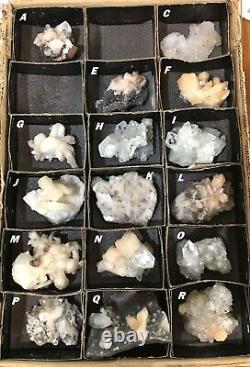
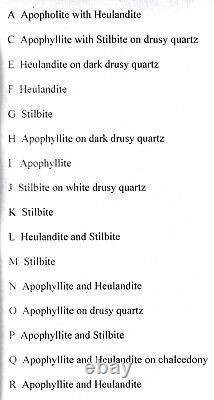
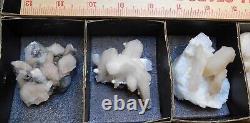
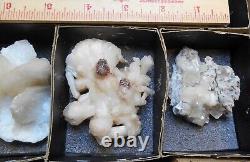

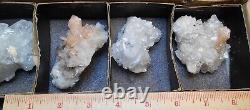
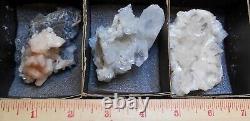
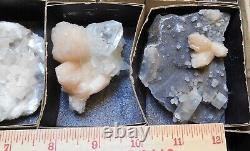
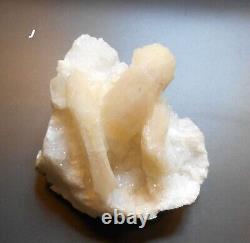
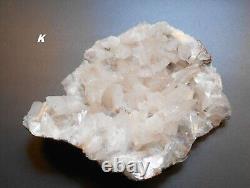
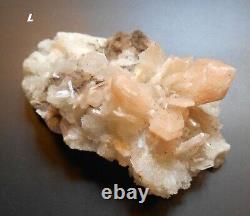
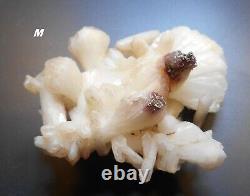
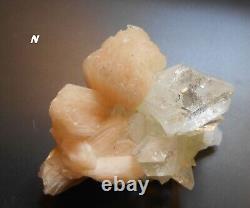
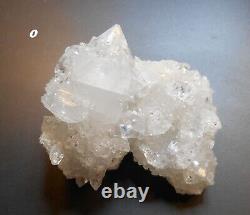
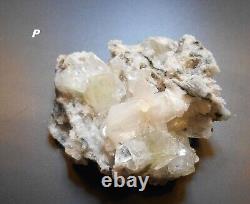
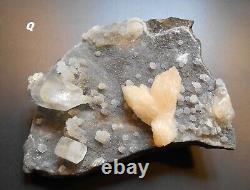
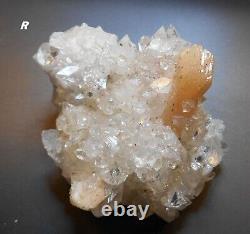

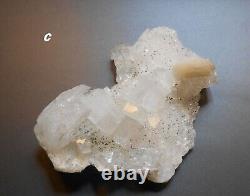
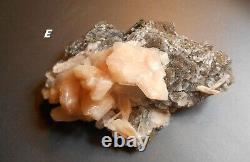
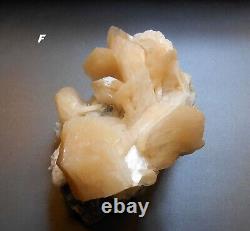
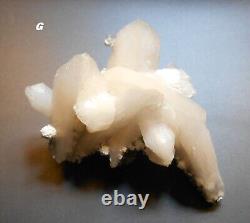

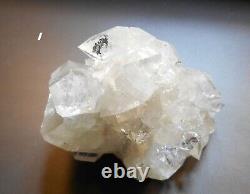


This 16 piece selection of natural Zeolite crystals from India is a must-have for any crystal collector. Each piece is uniquely shaped and made of various calcium aluminum silicates. These crystals are perfect for meditation or as decorative pieces in your home or office.
The country of origin and shape of each crystal have been carefully noted in the aspects section of the item description. These crystals fall into the categories of Crystals, Crystals & Mineral Specimens, Rocks, Fossils & Minerals, and Collectibles. Add this rare and beautiful selection to your collection today. Zeolites are a group of silicate minerals with unusual properties with industrial importance. They usually form beautiful well-formed crystals with pale colors and are relatively soft and can be crushed and powdered.
They are found in geologically young volcanic fields. Most common zeolite minerals are analcime, chabazite, clinoptilite, mordenite, natrolite, heulandite, phillipsite and stilbite.
Natural zeolites form where volcanic rocks and ash layers react with alkaline groundwater. Zeolites also crystallize in post-depositional environments over periods ranging from thousands to millions of years in shallow marine basins. Naturally occurring zeolites are rarely pure and are contaminated to varying degrees by other minerals, metals, quartz, or other zeolites.
Natural zeolites occur in mafic volcanic rocks as cavity fillings, probably as a result of deposition by fluids or vapors. In sedimentary rocks zeolites occur as alteration products of volcanic glass and serve as cementing material in detrital rocks; they also are found in chemical sedimentary rocks of marine origin.
Extensive deposits of zeolites occur in all oceans. Metamorphic rocks contain a sequence of zeolite minerals useful for assigning relative metamorphic grade; these minerals form at the expense of feldspars and volcanic glass.

